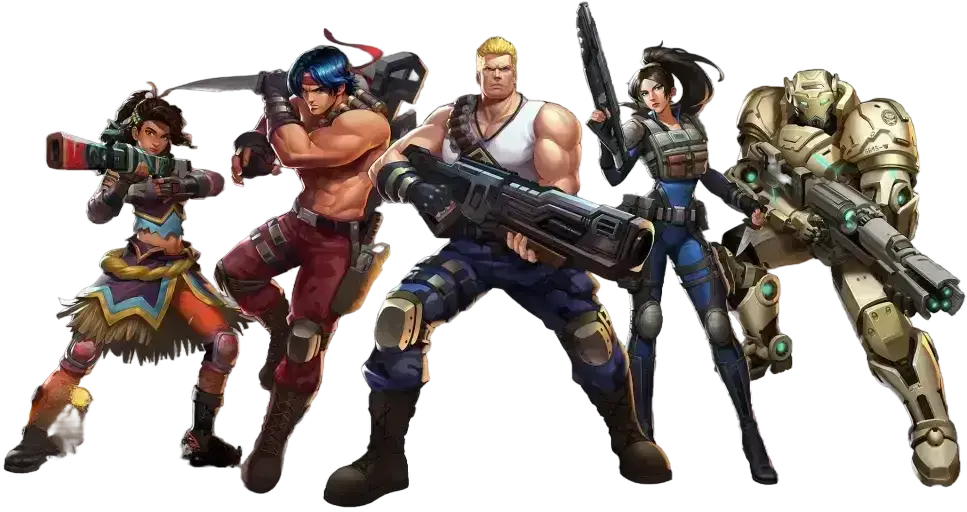
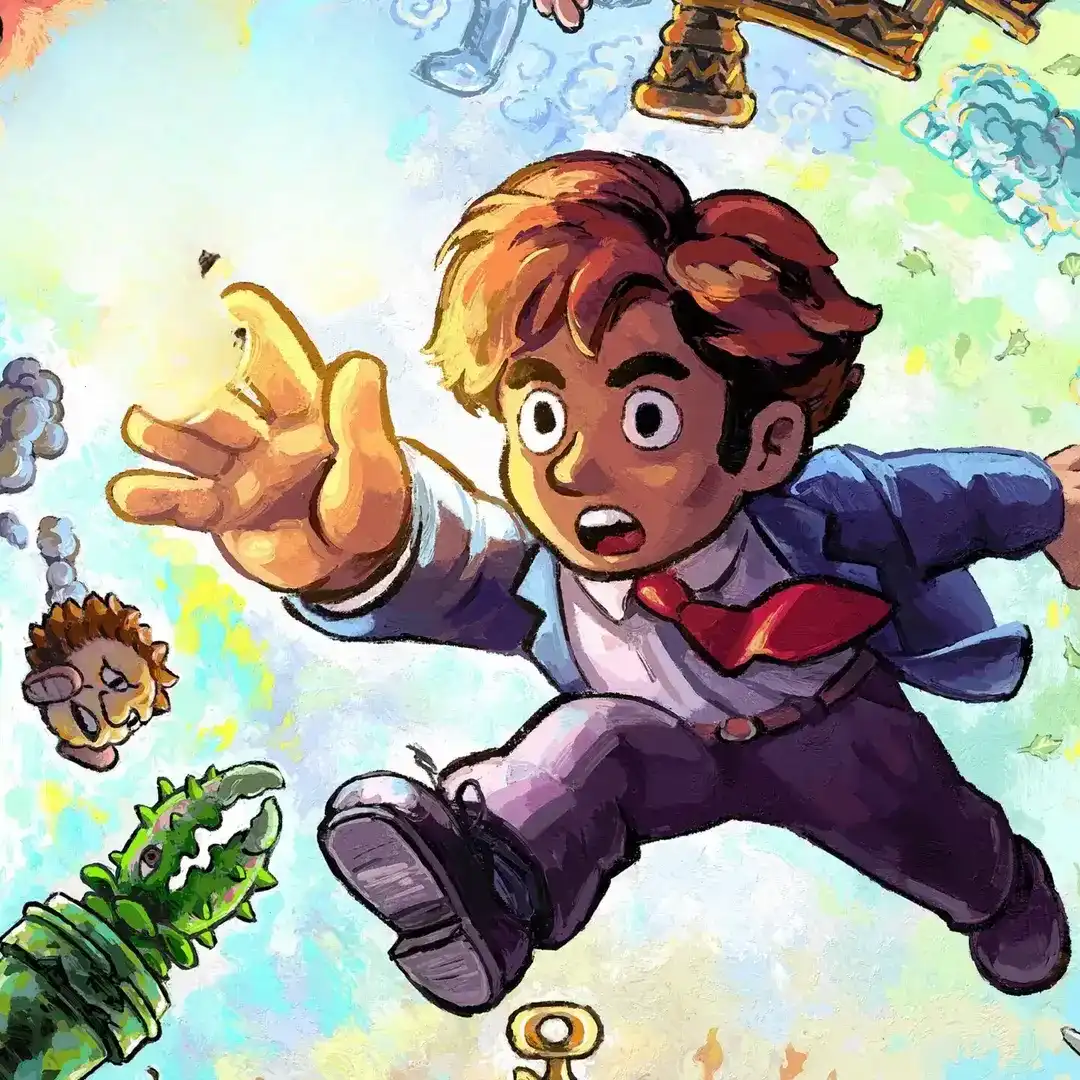
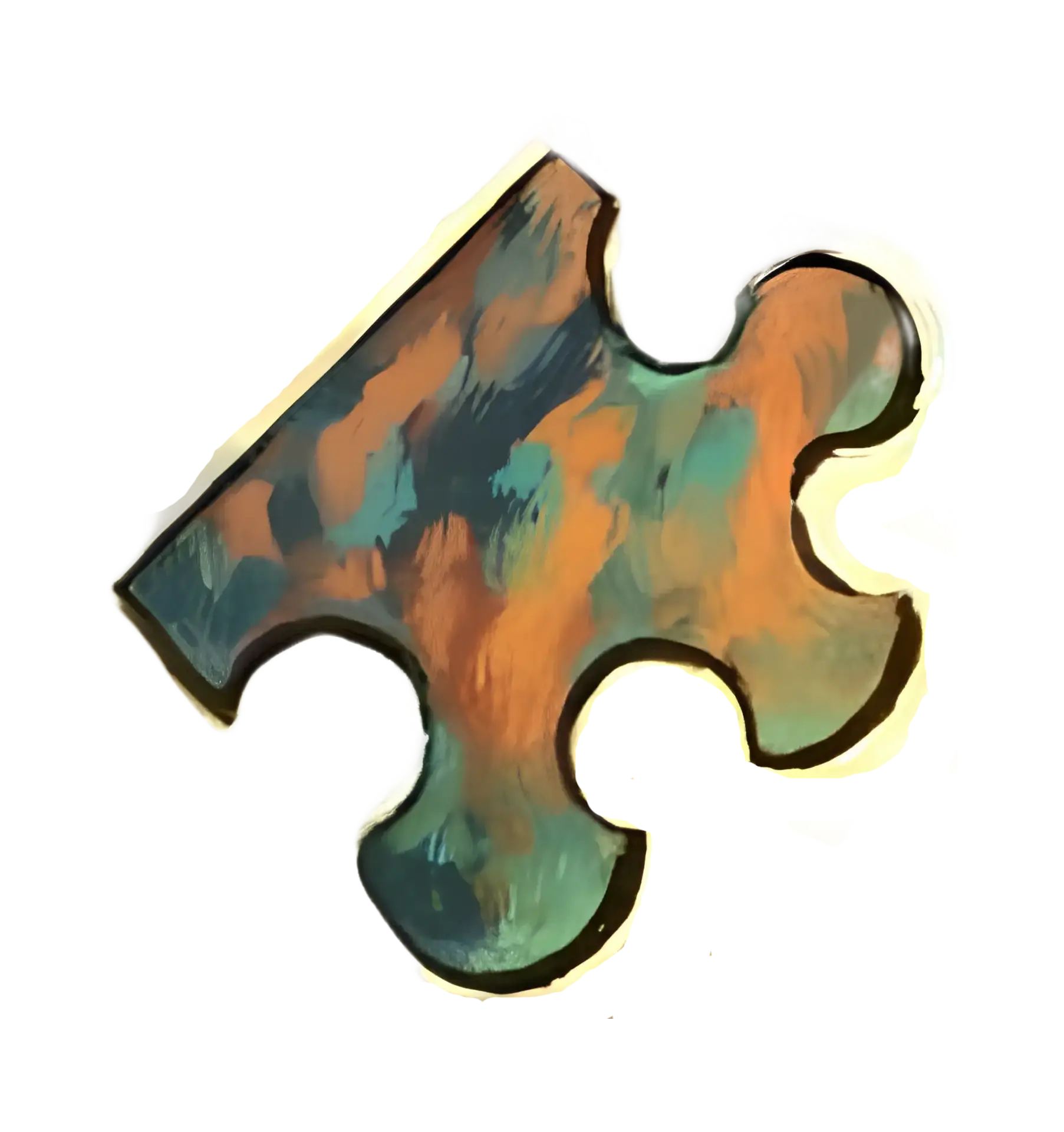
Detailed reviews and recommendations of the most exciting and popular game projects that have won the hearts of millions of players around the world. Discover new horizons of virtual adventures that range from fast-paced adrenaline-fueled action games to deep strategies that require careful planning and tactics. Keep up to date with the latest trends and latest innovations in the gaming industry, which are constantly evolving and surprising. We cover both indie games and big releases so that every gamer can find something to their liking. Join our friendly community of gamers, exchange opinions and find your ideal game for an unforgettable pastime and exciting evenings full of fun and adventure.
To learn moreThe classic game about Mario not only brought 3D to the masses — it shattered old gaming laws and rewrote the genre’s rules from scratch. In 1996, at the launch of the Nintendo 64, no one offered such a level of freedom. The main character no longer moved on a flat plane. He ran, jumped, …
Among the digital mazes of modernity, the love for platformers is explained more simply than it seems. It is enough to recall the moment when a character, with the precision of a surgeon, overcomes yet another insane obstacle. Jumping arcades continue to dictate their rules in the video game market, like veterans who have not …
In an industry where platformers often serve as a backdrop for jumps and coins, the game Braid shifted the focus. Not a race for speed, but a thoughtful rethinking. Not linear levels, but time-bent puzzles, not clones of platformers, but an artistic manifesto in two dimensions. Time rewinding became not a function, but a philosophy. …
Among all directions of interactive entertainment, a special place is occupied by the genre that began its existence with simple levels and pixel jumps. The evolution of platform games is a story of technical progress, stylistic metamorphoses, and changes in the perception of gameplay as such. Having traveled from two-dimensional arcades to cinematic 3D masterpieces, …
The Future Games Show 2025 presentation became one of the key events in the gaming industry at the beginning of summer. Over 50 projects, including long-awaited sequels to popular franchises and new titles from indie developers, were showcased with gameplay demonstrations, trailers, and release dates. The main focus was on the diversity of genres, technological …
The announcement of Super Meat Boy 3D has become one of the most discussed news items in the indie scene of 2025. The return of the cult character in a new format has sparked a wave of nostalgia among fans and lively interest from a new audience. The project offers a fresh take on the …
2D platformers on PC are a genre that has been experiencing a real renaissance in recent decades. An era has begun when pixel graphics, simple mechanics and invariably addictive levels have once again taken their deserved place in the hearts of gamers. All this is thanks to the dynamic development of technology, as well as …
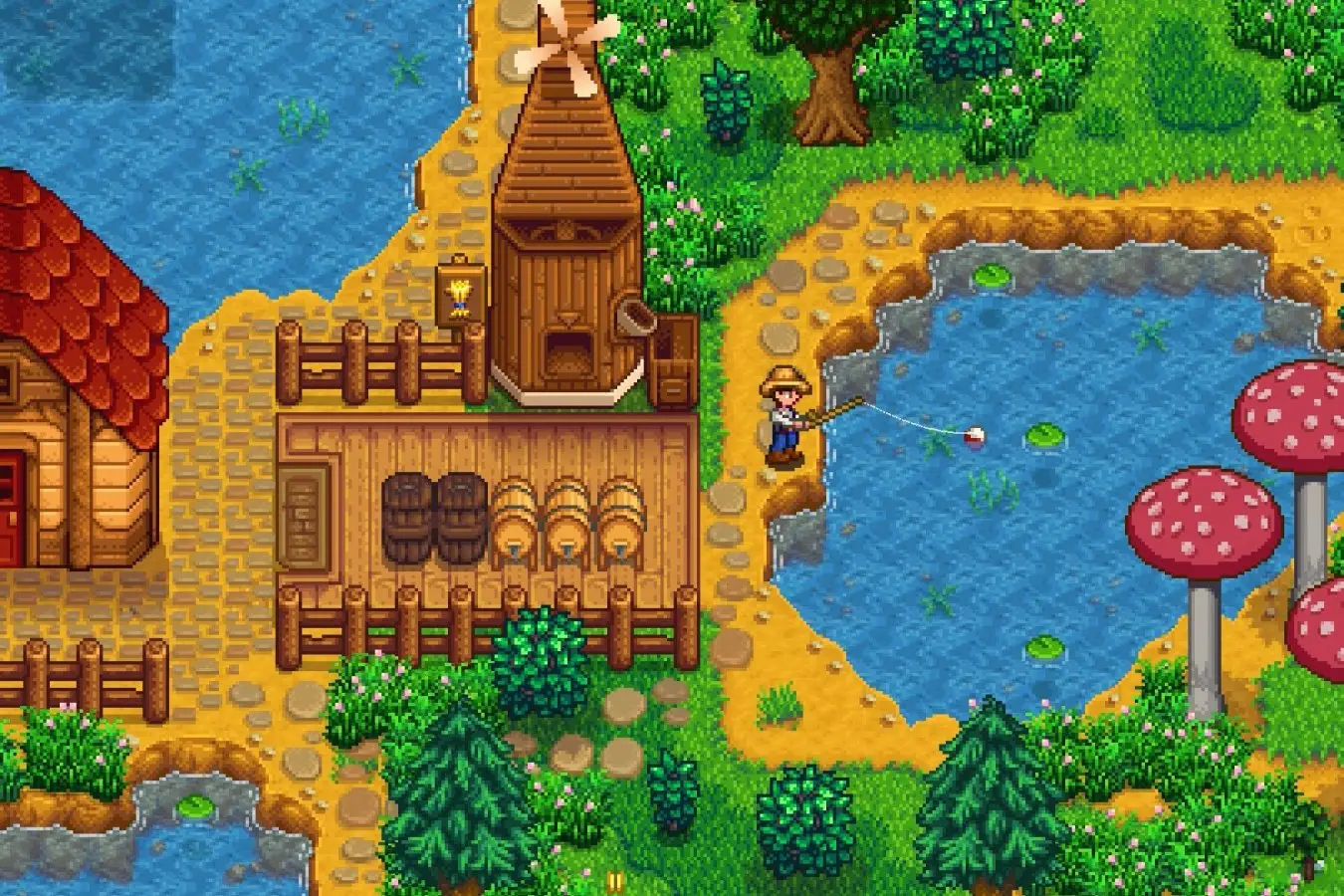
Pixel art is back in fashion, and platformers are firmly at the forefront of this movement. These games not only impress with their retro style, but also with deep stories, unique mechanics, and engaging gameplay. Celeste: An Emotional Journey to the Top Celeste is a gem among pixel platformers created by Canadian studio Extremely OK …

It would seem that the platform genre grew up together with those who sat with a joystick in front of the TV at the end of the 90s. But the best platformers on PC prove that the theme is not just alive, but flourishing, giving the world unforgettable virtual worlds full of open spaces and …
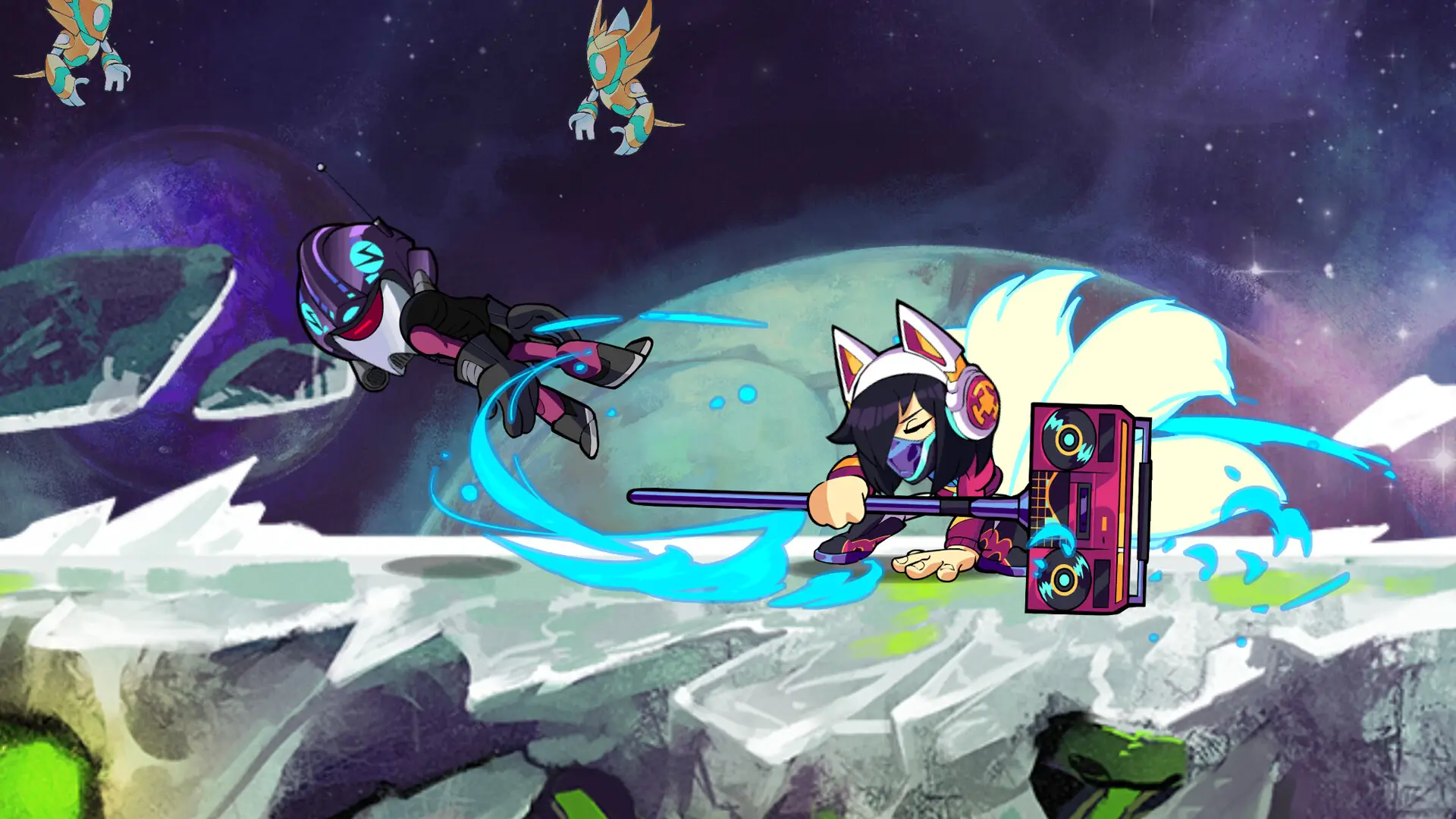
Platformers have always been more than just a type of PC game. They are a dance on the edge, where every jump is a decision of fate. Mistake? Goodbye, level. Precision? Welcome to a new world. Here they create universes where the balance between challenge and reward makes every step unforgettable. From old favorites to …
Welcome to our blog dedicated to reviews of online games for PC and consoles! Here you will find detailed and objective reviews of the most popular and interesting games that will help you make the right purchase choice. Our team of experts thoroughly tests each game, evaluating its graphics, gameplay, plot, and other important aspects. Whether it’s exciting action games, engaging RPGs, or casual indie projects, we’ll try to uncover all the strengths and weaknesses of each game. Join us and discover new horizons in the world of virtual entertainment!
To learn more
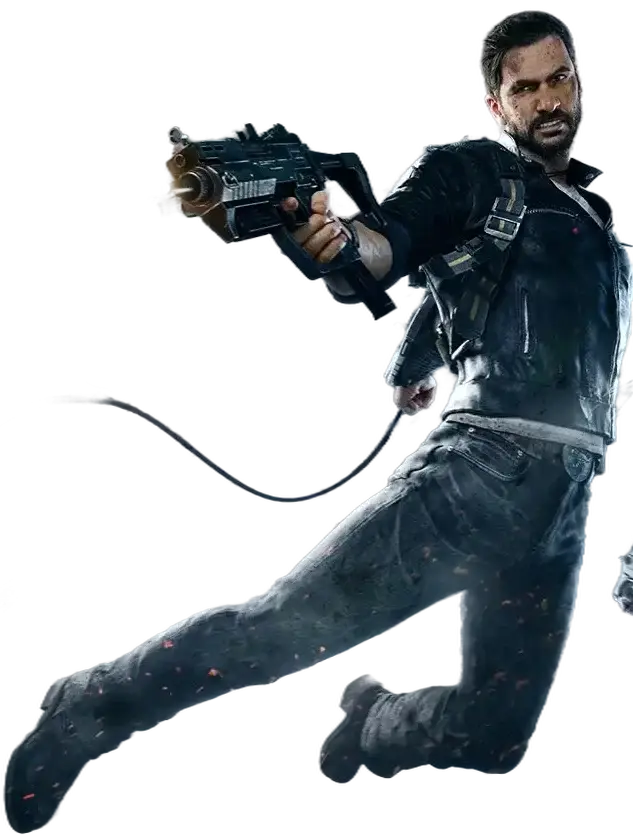
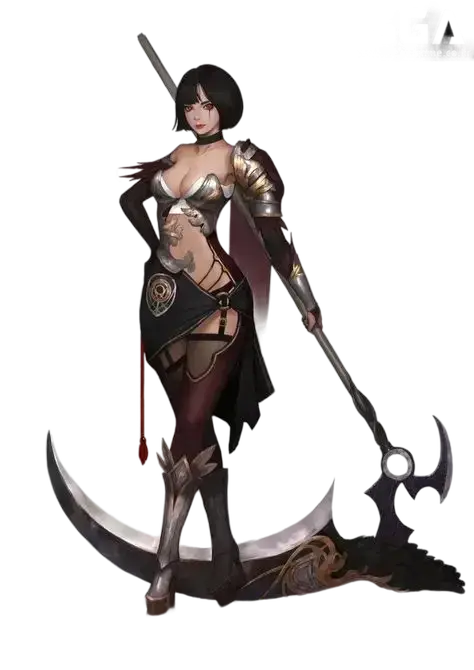

Follow online games - this is a great opportunity to watch exciting matches, find out the latest news and trends in the gaming world. This allows you to stay up to date and be at the center of the gaming industry.
Working in the field of game dev opens up wide opportunities for creative expression and professional growth. You will be able to create exciting games that will delight players around the world, and constantly improve your skills in a dynamic industry.
Playing online games provides many advantages. It allows you to have fun, relax and unwind anytime, anywhere. In addition, online games develop logical thinking, improve reaction time and coordination. They also help relieve stress and improve your mood.
Hollow Knight: Silksong, the highly anticipated sequel, is set to win players over with its rich story and immersive world, continuing the glorious legacy of the original.
Borzoi Adventure, an exciting outdoor brand, was founded in 2015 with a mission to inspire exploration and connect people with nature. Its rich history and commitment to quality has made it a favourite choice for adventurers around the world.
Kong: Survival Instinct, a thrilling survival game, was released in 2023, immersing players in the iconic likeness' struggle for dominance and adaptation.

As a streamer, I love this blog about online games. Here is a deep and objective look at the industry that inspires and entertains.

★★★★★
As a game developer, I absolutely love this blog about online games! Here you can find a lot of useful tips and interesting reviews that help players keep up to date with the latest trends.

★★★★★
A gaming blog worth reading! The reviewer shares her impressions of new online games. Find out what she thinks about the latest releases.

★★★★★